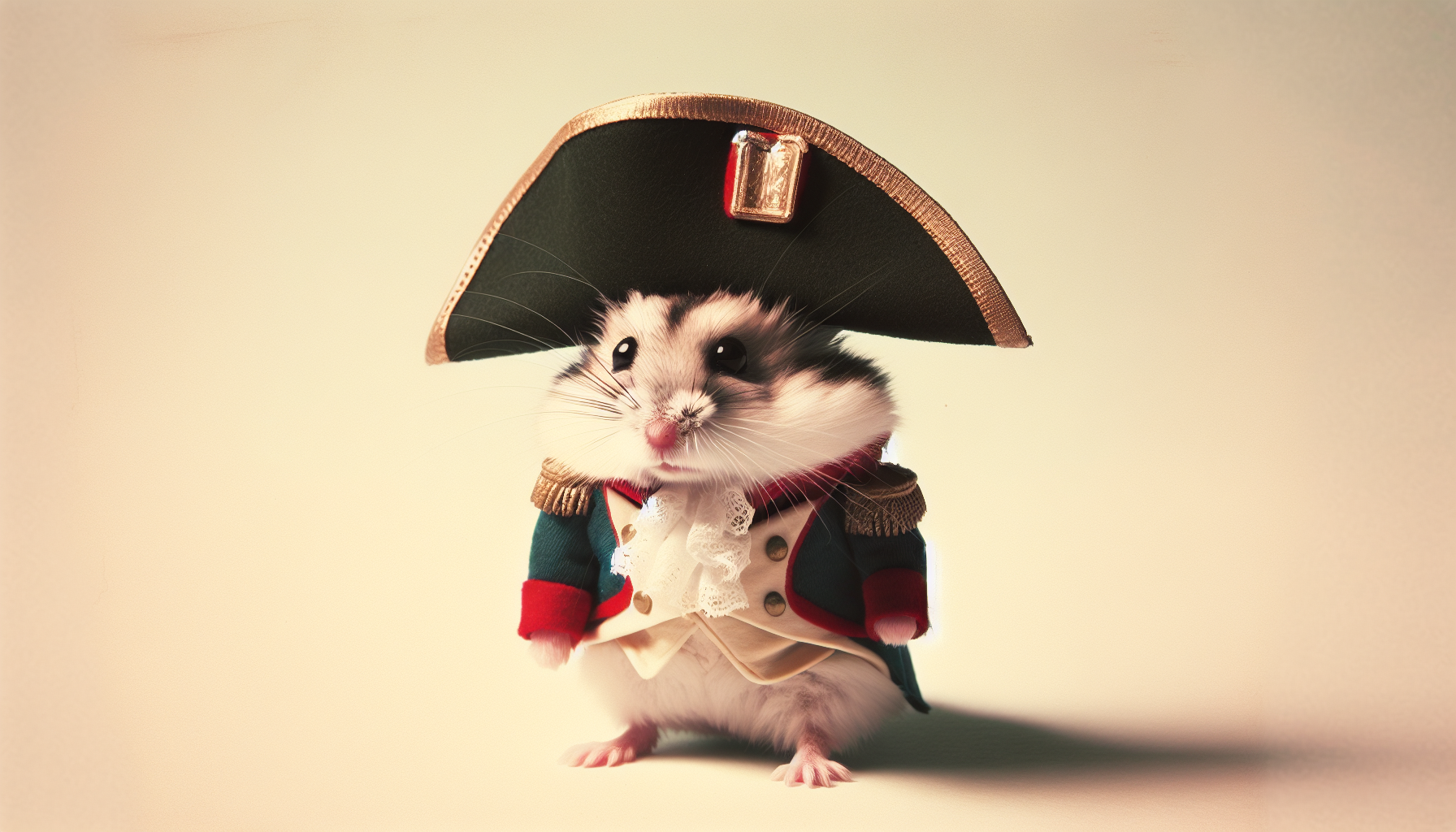The question comes up at dinner parties and on late-night forums: can an AI ever make truly original art? It’s a topic swirling with awe, fear, and perhaps a shade of existential jealousy. The implications aren’t just about whether we can ask a robot to paint our pet hamster dressed as Napoleon. It’s about what creativity means, what it means to be human, and whether we are, in some sneaky way, replaceable.
The Allure of Machine Genius
Let’s get something straight: artificial intelligence today can do a lot. It writes poems, composes symphonies, and generates images that would have bewildered the Surrealists. To some, the art made by machines looks an awful lot like creativity. The algorithms feast on mountains of data, find patterns, and spit out works that are sometimes beautiful, sometimes odd, and occasionally haunting (looking at you, AI-generated cats with three eyes).
But here’s the philosophical wrinkle: is this ingenuity, or just mimicry on turbo speed? Are these digital things calling forth inspiration from the void, or are they simply remixing what they’ve seen before?
What Is Creativity, Anyway?
Creativity is one of those slippery words—like love, or consciousness—that philosophers love to argue about. If we define creativity as “combining existing elements in new ways,” then sure, AI creativity looks impressive. Algorithms can analyze every poem ever written and whip up new verses that seem fresh. This is combinatorial creativity: shuffle, combine, and remix.
But many people think creativity runs deeper. They see it not just as recombination, but as an act bound up with intention, emotion, and inner experience. For example, when a painter chooses gloomy colors to work through a heartbreak, or a poet pens verses out of existential terror, the creation carries the mark of lived experience. It’s not just what is made, but how and why.
Do Machines Have Intentions?
This brings us to the tricky business of intention. When a human artist paints a stormy sky, she might be channeling her turbulent mood. When an AI paints a stormy sky, it’s because you asked for it—or because its training data suggested that people like dramatic weather.
AI, so far, doesn’t “want” anything. It doesn’t pine for lost love or fear its mortal ending (unless you count overheating). Its outputs are determined by algorithms, probability, and the vast storehouse of human creation it’s been fed. It has no inner monologue, no existential struggles, no feeling that the world is beautiful or terrifying. As such, it may be fair to say that while AI can simulate intention, it doesn’t truly possess it.
The Ghost in the Algorithm
Is there, then, a “ghost” of creativity lurking inside the algorithm? If machines can assemble unexpected and moving compositions, is that enough? Some philosophers suggest that creativity is less about inner experience and more about surprise, novelty, or unpredictability.
Under this view, the acid test for original art is whether it challenges us, adds something genuinely new, or shifts our perspective. Picasso’s blue period was surprising; the first jazz improvisations were unpredictable. If AI can do the same—can it not lay claim, at least, to a form of creativity?
Of course, the machine can’t be surprised by its own output—no stunned gasp from a neural net. But what if its art surprises us? Originality, after all, is sometimes in the eye of the beholder.
The Infinite Library
Imagine a library with every possible book ever written—every combination of letters, to infinity. The shelves would strain under the weight of all possible nonsense, but somewhere buried in there is Hamlet, and also Hamlet rewritten as a space opera.
In some ways, AI is like a very focused librarian in that infinite library. It sifts, selects, and assembles, but the raw material has been created by others. The puzzle: does the act of selection and arrangement itself count as creation? Or does originality require some mysterious “spark”—a spark that, so far, machines do not possess?
What Are We Really Afraid Of?
Often, anxieties about AI-generated art aren’t just about computers. They’re about us. We worry that if a machine can create, maybe our own creativity isn’t so special after all. We want to believe our quirks, our heartbreaks, our joys echo all the way down into our art. The moment we suspect a machine can do the same, the foundations start to wobble.
But here’s the twist: perhaps original art isn’t just about creation, but connection. When we experience a work of art, we seek traces of another soul. We want to feel less alone. If a machine can fool us into believing it has soul—even if it doesn’t—how should we feel? Comforted, or a little creeped out?
Final Brush Strokes
So, is it possible for AI to create original art? If originality means surprise, novelty, or rearrangement, then yes, up to a point. If it means creating from the inside out—driven by feeling, suffering, desire—then not yet, and perhaps not ever.
Still, perhaps the real measure of creativity lies not in the creator, but in the effect on those who encounter the creation. If an AI-generated symphony makes you cry, or an AI poem makes you laugh, maybe that experience is real enough. After all, in the end, we’re all remixing what we’ve learned, seen, and felt. And if we ever meet a machine that can truly feel heartbreak… well, let’s hope it’s a friendly one.

Leave a Reply